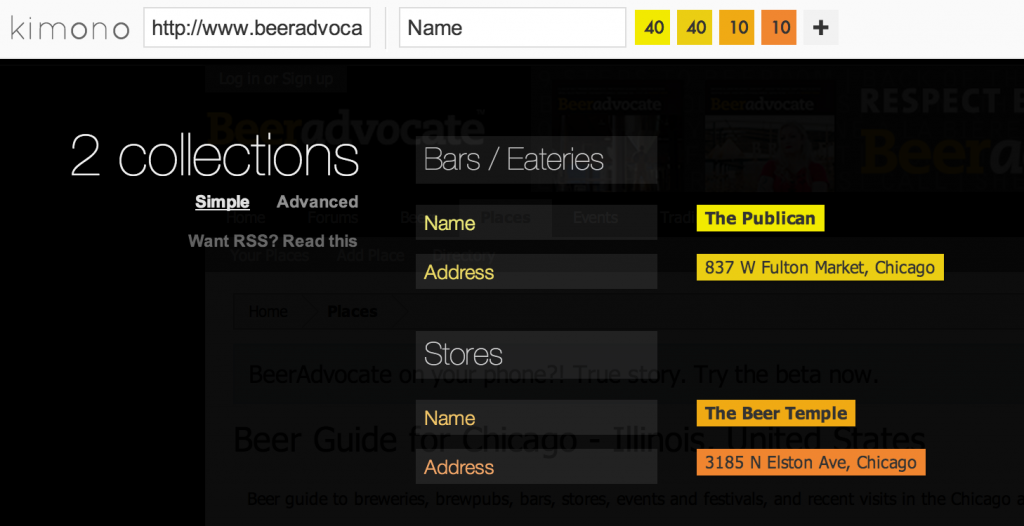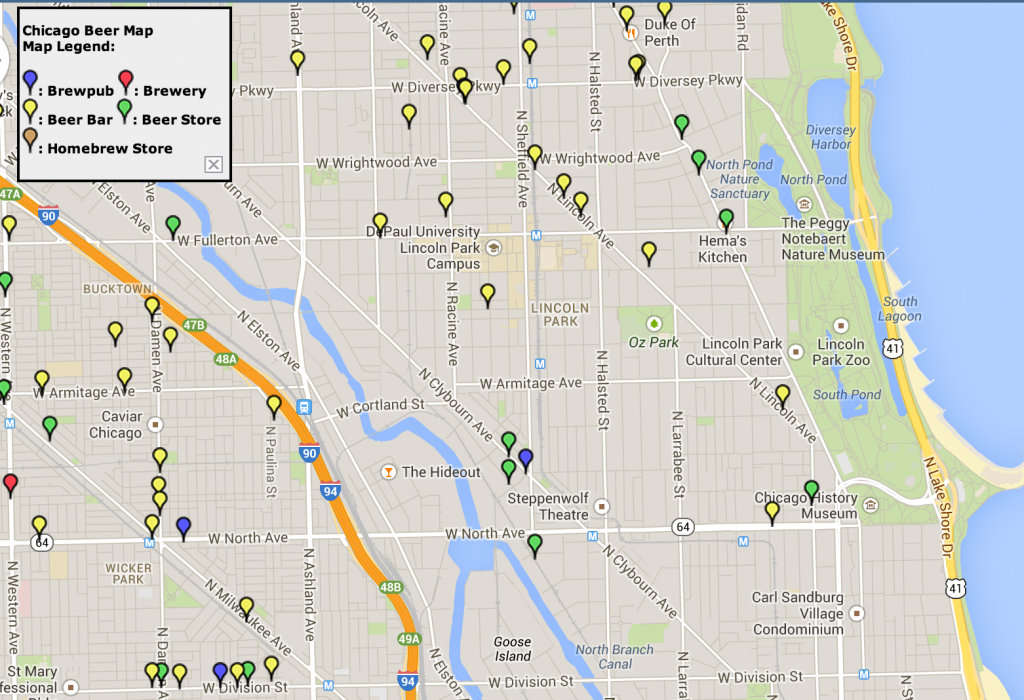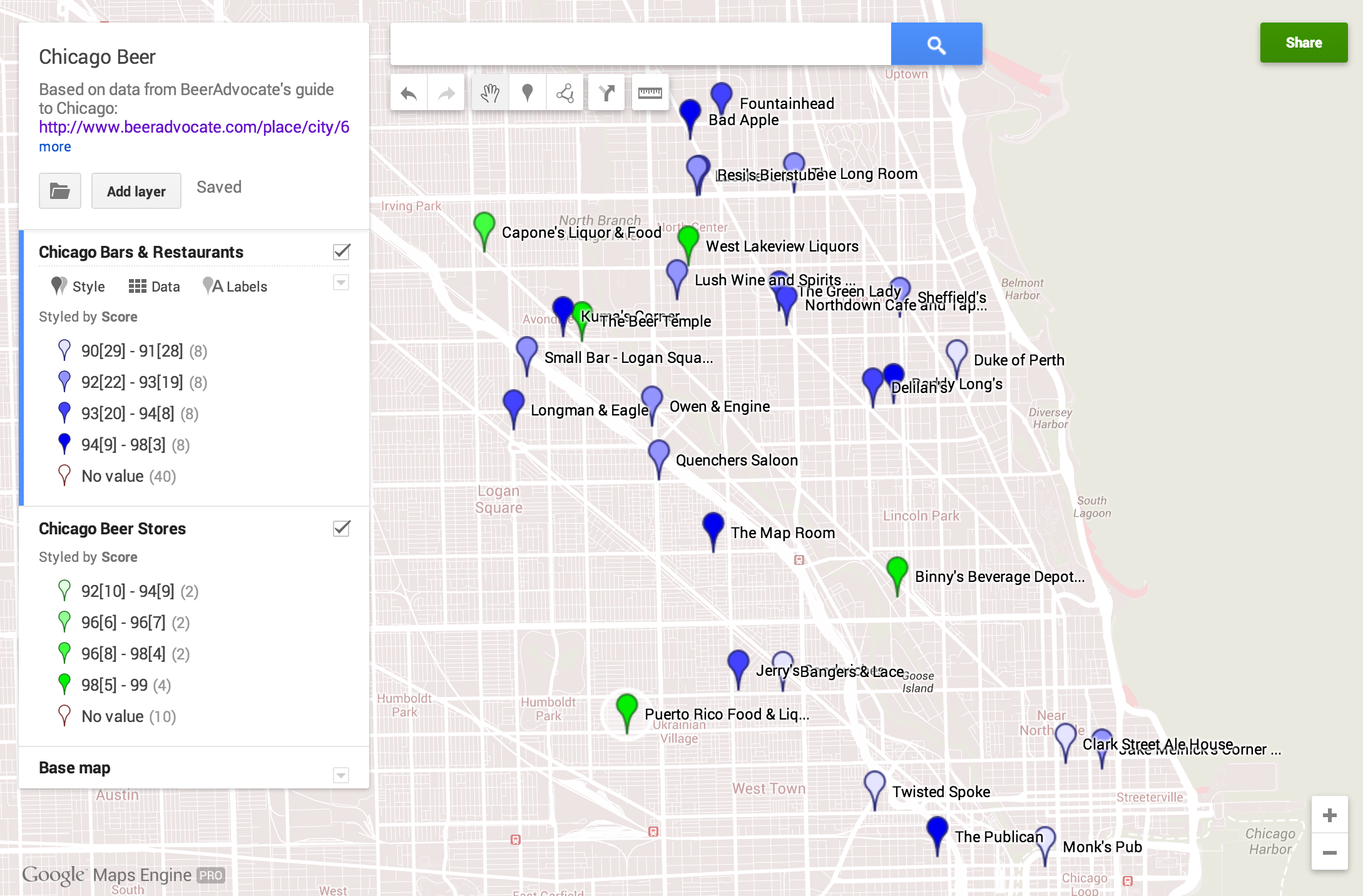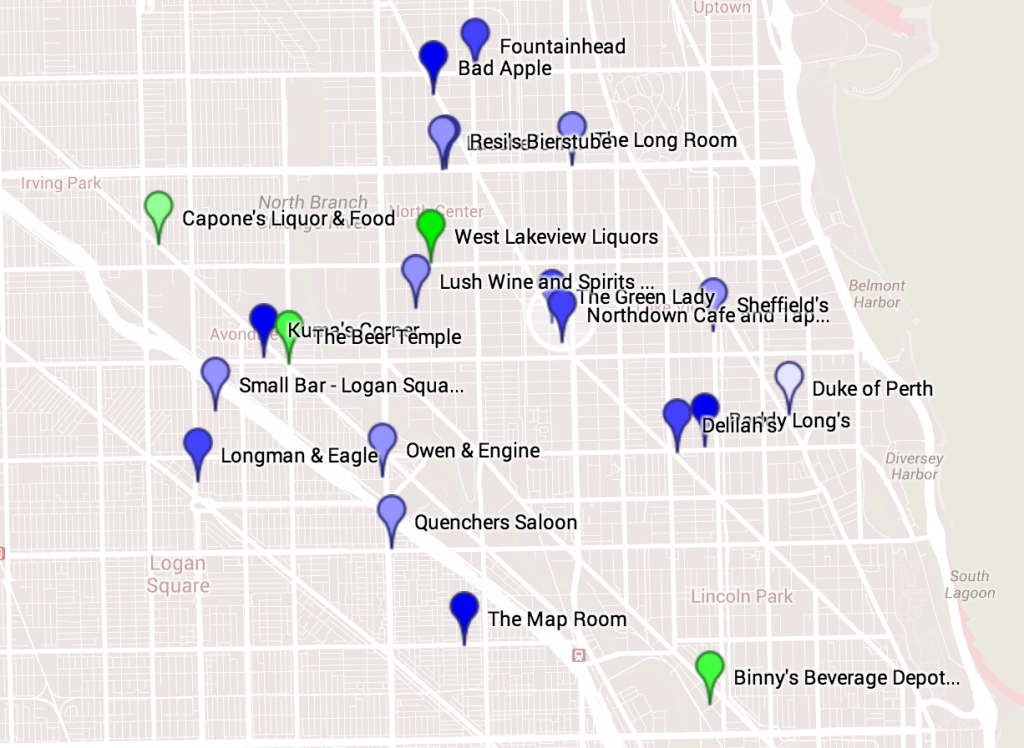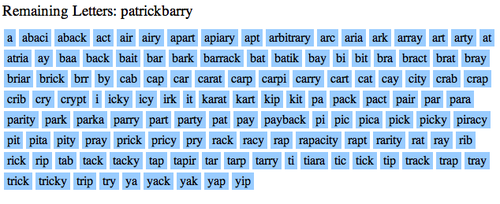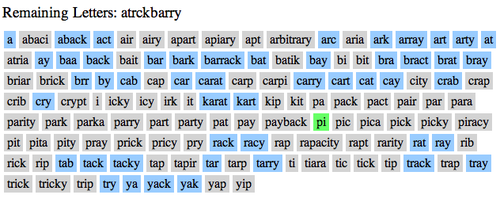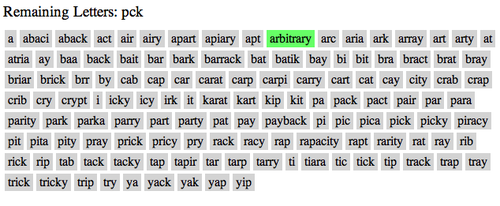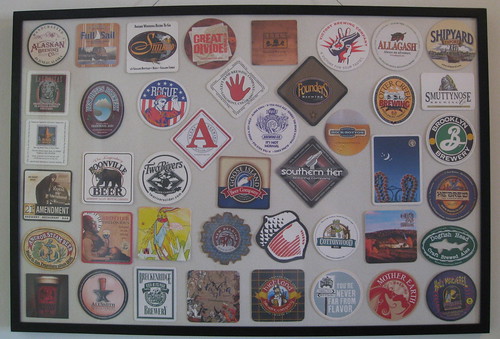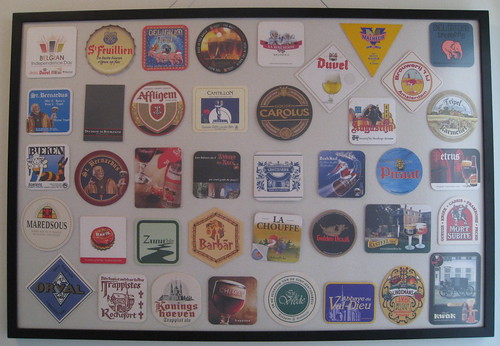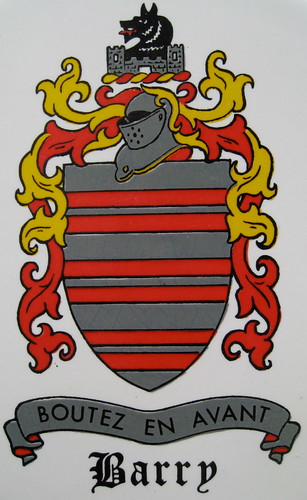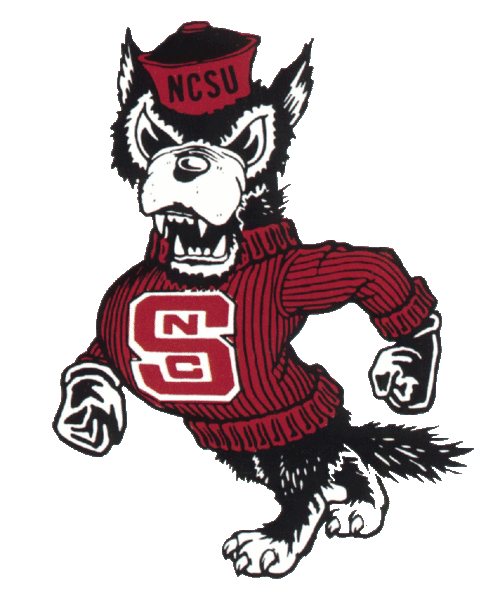I have a penchant for collecting labels from beers (and ciders, wines, meads, …). Some people look at me funny when I take home empty bottles of beer, but it’s for Art! Probably! Sometime! Ok, I guess I’m just a packrat.
Unfortunately, it turns removing labels in good condition can be a tricky business. There are many techniques that can work, depending on the type of label you are working with, and it has taken me years to reach a point of expertise where I can confidently handle most labels that come my way. Hopefully this guide can help other people with their label collecting projects, whether they be beers, wines, or anything else.
Method 1: Hot Water and Oxyclean soak
Most Belgian and German imported beers have a pretty simple glue on their labels. A significant number of these bottles can just be plopped in hot water from a sink faucet for 10 minutes and the labels will just fall off. You’ll get quicker results if you throw in something that can dissolve the glue – I use Oxyclean. This method is the fastest removal method, as you can do several bottles in parallel in your sink, and often 3 or 4 batches of bottles without changing the water.
Some clues to look for to identify these labels include thinness, a paper-y feel, and edges of the label beginning to peel away from the bottle where the glue has gotten old and unsticky.
American and Canadian labels are only sometimes amenable to this method – you should normally assume it’s not the best method until you get some practice and experience. I can vouch for the following breweries generally having good results with the hot water soak, though: Allagash, Deschutes, New Glarus, Founders, Victory, Troegs, Bell’s, He’Brew, Boulevard, Alaskan, Lagunitas, Great Divide, Duck Rabbit, Sam Adams, Holy Mackerel, Dieu de Ciel. Even these accommodating American labels need to be soaked ~3x longer than their Belgian and German counterparts, though, and often need to be manually peeled off the bottle (very carefully, possibly with a razor). I’ve had mixed results with Goose Island, Ommegang, North Coast, New Holland, Terrapin, and Midnight Sun, but I would still recommend using method 3 with these if you want to be more safe than sorry.
A good number of English & Scottish beers like Traquair, Young’s, and Samuel Smith also work well with this method, though I often revert to Method 3 below because of uncertainty with new breweries – I don’t drink as much British Isles beer as I do other regions’ beer.
The only examples of Belgian beers not working with this method (and not being obvious candidates for Method 2 below) are Cantillon and Deus. I can’t think of any German exceptions – their consistency remains impressive.
A word of warning – if the labels don’t come off in 30 minutes, give up. Any longer, and you’ll start to get color bleeding and paper disintegration. If you’re attentive to the labels’ conditions and patient, you can remove the bottles and try a different approach after they dry. Only once did I have a total disaster – a shiny foil-looking label had all the shiny ink dissolve within a couple minutes (a Full Sail special edition, if you’re curious).
Method 2: Razor
Many labels have a very plastic feel. They are literally stickers that have been placed on the bottles, some are even transparent as a dead giveaway. As long as you can recognize these, they are very easy to remove – just take a single edged razor and slowly pry one side away from the bottle. After you have an inch away from the bottle, you can usually just start to pull on that and have it come away very neatly. Often the label will get stuck in little places and the front of the label will separate from the backing that is still on the bottle – you should go slow enough so that you notice this happening and then correct it with the razor blade before it becomes a significant size. After you remove the label, stick it on some black construction paper for a nice backing, then cut it out.
I think a majority of American microbreweries use this kind of sticker label. Some examples that use them almost exclusively: Bruery, Jolly Pumpkin, Cascade, Southern Tier, Lost Abbey / Pizza Port, Russian River, Hair of the Dog.
In Scandinavian breweries, sticker labels are so common that I have come to assume it by default: Nogne, Amager, HaandBryggeriet, etc. Mikkeller also, usually, but since they’re a nomad brewery and use others’ facilities, different brews have different label types.
Occasionally I have seen sticker labels that do not come off smoothly. I remember B Nektar’s mead labels as being particularly stubborn. In such cases, I end up using a combination of this and Method 3.
Occasionally I have seen sticker labels that have a shiny foil backing, like the Porterhouse brewery in Ireland. I haven’t ever managed to successfully remove one intact, but I’m pretty sure the only way would be to *very* slowly razor the entire label. I would recommend skipping these ones.
In some rare instances, dry heat can be used to loosen the label adhesive of stickers. The only examples I’ve seen of bottles preferring this method are the new Italian microbreweries, like Grado Plato, Italiano, Montegioco, and Piccolo. I had some success putting the bottles in my oven and set it to its lowest setting (170F in my case) for 10 minutes. (Unfortunately, one of the best and most widespread Italian brewers, Baladin, has some strange label printing process that often leaves the ink unusably crumbly – I have only rarely removed one of their labels in satisfactory condition, even with Method 3).
Method 3: Label removing stickers
When in any doubt, you should buy some of the large, clear stickers that are marketed for wine label removal. You remove the backing of the sticker, plop it on top of your label (sometimes using 2 is necessary to fully cover a larger label), rub it down thoroughly, then slowly peel it off. You might want to use a razor for the first centimeter of label, and some stickers don’t adhere the best to the sticker, forcing you to razor the whole length of them even with the sticker, but for the most part these stickers are really strong and get the job done. The adhesion gets stronger given some time, so I sometimes let the sticker sit on the bottle for a day before removing it.
I have had good experiences with Oenophilia’s Label Lift and Epic’s Label Off. I found Wine Appeal’s Label Remover Kit to be on the weak side, but still serviceable for many bottles.
Sometimes beer bottle shapes flare out above and below the label, and that can make these labels not lay smoothly. In these situations, I sometimes take an extra minute to cut the sticker to size before placing it on the bottle.
Some breweries where I always use the sticker method instead of method 1: Dogfish Head, Unibroue, Shipyard, Avery, Williams Brothers (Fraoch).
Anytime you really care about a label and aren’t very confident about what method to use, this is a good method to default to. There’s a reason these are marketed as universal wine label removers.
Method 4: Beers without labels
Of course, some bottles just don’t HAVE labels to remove because they have a design painted or etched into the glass itself(Stone, New Belgium’s Lips of Faith series, etc). Screen-printed bottles can actually be some of the most beautiful of labels. There aren’t all THAT many, either, so it’s tempting to just keep them intact and up on the top of some shelves somewhere.
But that wasn’t good enough for me. I decided to cut off the tops and turn them into drinking glasses! The method is to use a bottle cutting kit to etch a line around the bottle, then use alternating cold and boiling water to break the glass along that crack, then sand the edges down. One trick with the sanding is to do it upside-down in water so the tiny shards of glass dissolve into the water and can be more safely disposed.
And then, some microbreweries are now deciding they don’t even want to use bottles at all. Now I have to figure out what to do with the fancy cans of beer from 21st Amendment, Oskar Blues, and more. An packrat lush’s work is never done.
In Conclusion
With any of these methods, it’s always good to try test runs of a method before using it on a bottle that is very special to you. I saved some of my completely unique bottles for 2 years before I felt ready to tackle them.
I’ll be very interested to hear if anyone else has tips that work better than these methods, and on which breweries. I’ve heard rumors of adding ammonia to hot water baths, steaming, filling bottles with hot water, and more, but I’ve been reasonably happy with the above methods.
Here’s another article on the subject, too.
